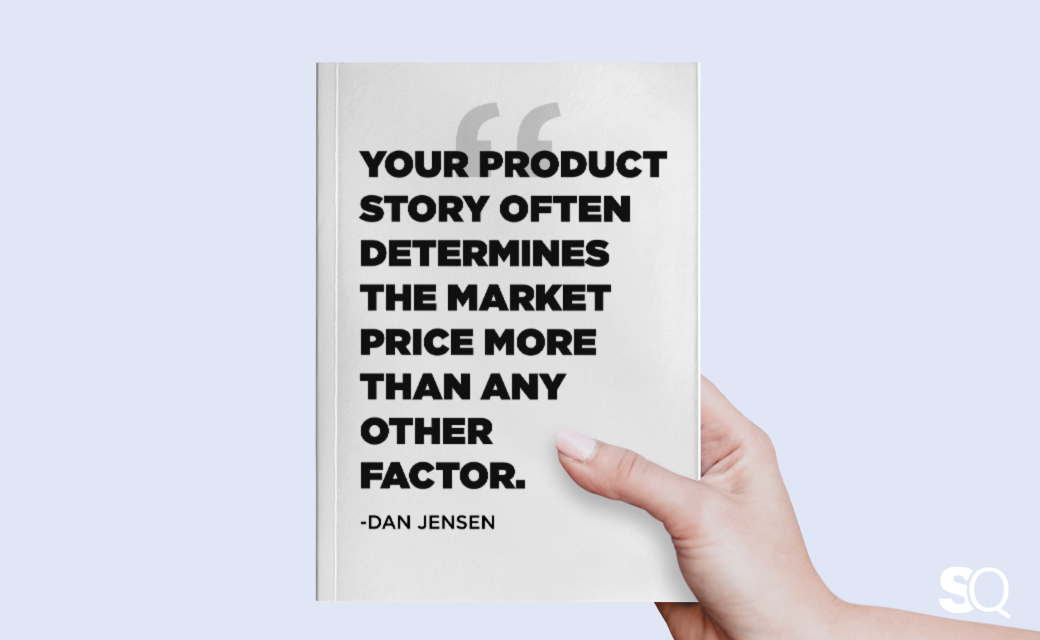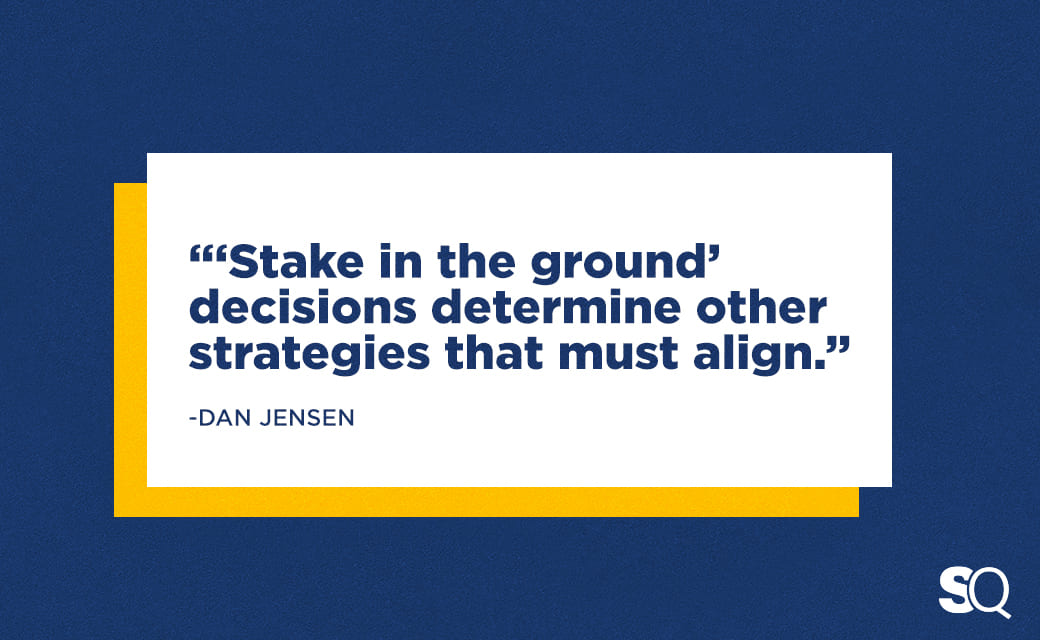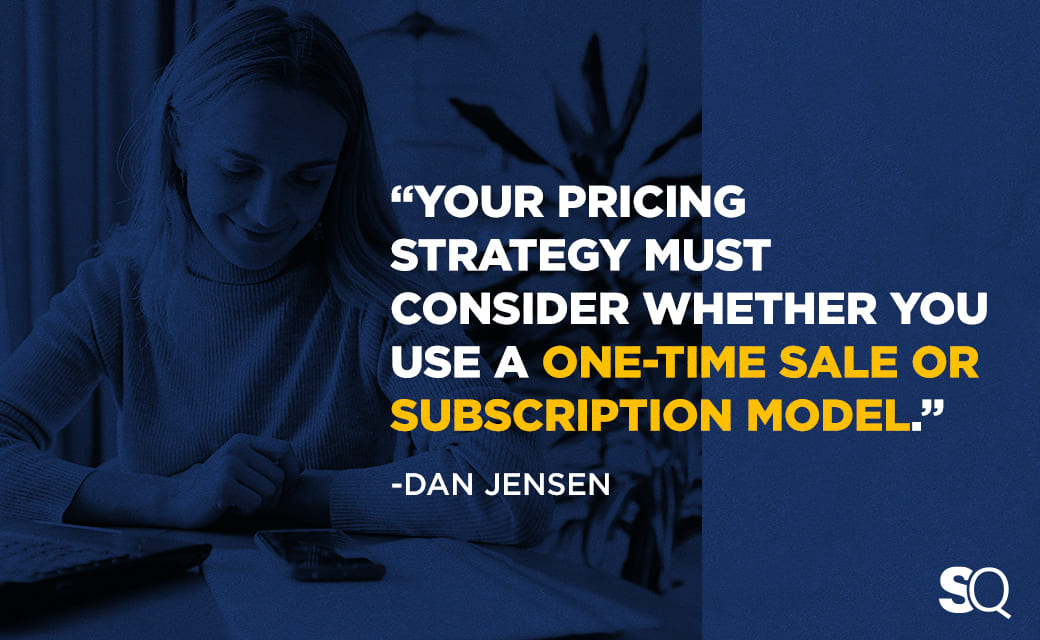How pricing strategy can make or break your compensation plan
Imagine walking into a McDonald’s restaurant hungry for a Big Mac and fries. You look up at the menu board and see that Big Macs are now $10 – a bit more than you expected! You ask Lisa at the cash register, “why are Big Macs so expensive now? I bought one last week for only $3. How can you increase the price to $10?”
Let’s consider possible answers from Lisa:
- “McDonald’s decided that they need to make a bigger profit on Big Macs, so they raised the price to $10.”
- “If you can get two other people to buy a Big Mac for $10, then yours is free!!! The new price rewards you for helping us get more customers.”
- “McDonald’s discovered a new ingredient they added to the “secret sauce,” which causes you to lose weight! Our studies have found that those who eat 3 Big Macs every week will lose 10 pounds in a month!”
Is there any reason you might consider buying a Big Mac for $10?
This silly story highlights key principles. Apply the same scenario to every MLM / Direct Selling company:
- The worst way to set a price is to mark it up from your landed cost ignoring if the market is willing to pay the price. Don’t try to sell a Big Mac for $10! Discover your “market value” price.
- Inflating the price higher than the market value because you pay a commission is not a valid strategy. A few people may try to sell the product for a higher price. Although, most customers will go to Burger King because your burger is too expensive. If you overprice your product, buyer retention will plummet, and distributors will leave.
- Your Unique Selling Proposition (USP) will garner a higher price. Your product story often determines the market price more than any other factor. If your distributors embrace the story, they will share it with enthusiasm!

How does Pricing Strategy apply to your compensation plan?
Pricing is one of the most important aspects of your marketing strategy. You need to determine your price before you design your compensation plan. Your pricing strategy must include:
- promotion (how is the story shared),
- place (where do you go to buy the product), and
- people (who is your target market)
All pricing strategies are two-edged swords. What attracts some customers will turn off others. You cannot be all things to all people, or you will be “nothing to no one.”
You have a major advantage differentiating your business by using the direct selling channel with thousands of people telling your product story (Unique Selling Proposition or USP). Your primary consideration is that you want the customer to buy your product which is why you must use a strategy that’s appropriate to your target customer.
Read more about Building the Best MLM Compensation Plan here.

In direct selling, pricing strategy also determines how the compensation plan should be designed and how the business drives its growth.
This is why Amway’s comp plan would never work at Mary Kay. Neora’s comp plan would never work at The Pampered Chef. They all do direct sales differently and their pricing strategies are different.
Here are the business decisions that should be step 1 of your thinking about pricing as it relates to margins that are essential for distributor incentives:
- What percentage of revenue should we strive to have come from retail customers? Consider social media strategies, group selling, one-on-one selling. How will a rep find prospects they do not know already?
- What percentage of revenue can we expect for Auto-ship Customers, if you have them (usually customers on auto-ship)?
- What percentage of revenue can we expect for personal use by our representatives?
These questions are vital to determine your flavor of direct selling.
Read more about how to determine your flavor of direct selling here!

This decision also dictates how your compensation plan is designed. These “stake in the ground” decisions determine other strategies that must align. If your comp plan doesn’t align with this decision, it won’t be able to sustain your growth.
Make note: you must have more than 50% of revenue from real customers, who are NOT distributors. These customers have not signed an independent contractor agreement and cannot earn money. Preferred Customer programs have become a foundational strategy to sustainable, legal growth in the USA market.
Yet in Asia, customers often enroll as distributors to receive the distributor price. Unless your compensation plan anticipates this you may find your new distributors not earning sufficient income to make it worth their time. Your retention rate will be terrible.
A comp plan designed for customer heavy markets may need to be “tweaked” to work well in Asia because customers are less common. In countries where customer enrollment is strong such as North America, western Europe, Australia & New Zealand, your compensation plan must reward reps for selling to customers – not just recruiting people into the business.
Focus on One-and-Done or Predictable Revenue
Another vital decision is whether your business model relies on a “one and done” purchase or a subscription or auto-ship model.
A one & done business model means that most people buy your product or product set once and then rarely will they come back for more. Examples of this approach in direct sales would be the sale of large enrollment packs or product sets. One & Done business models start each month with zero revenue and must create every dollar from new business – there is only small amounts of repeat business.

Most high growth direct sales companies follow this approach relying heavily on auto-ship or subscription revenue. A vital part of this strategy is to determine the percent of customer revenue vs rep purchases. Once again, your pricing strategy must be in alignment. We find that predictable revenue models often result in higher retention rates of reps and customers. When possible, we strongly encourage clients to follow this approach.
Caution: enrollment pack sales can often weaken auto-ship participation and retention by providing too much product up front when a new rep is recruited.
The bigger the enrollment pack the less likely the new rep will stay on auto-ship. In the USA (and several other countries), it is prohibited by law to require a distributor to purchase product as a condition of receiving commissions. You can require them to sell to customers and their personal purchases can count for qualifications subject to reasonable limits. Your attorney should guide you on this legal constraint if it applies.
Key takeaways
- Pricing strategy precedes compensation plan design. Pricing is Step 1.
- Determine your real market price for your products. Don’t sell a Big Mac for $10.
- Determine your target percentages from retail customers, preferred customers, and personal purchases from reps.
- Don’t do anything that might weaken these decisions. For example, don’t set a high target for customer volume and then make it free to enroll as a distributor. Alignment!
- Know which markets you are likely to enter in the next 5 years and align your business strategies to those markets. Ideally, you launch into markets that are compatible especially with your customer/rep revenue targets.
- Determine how you will drive longer customer and distributor retention that creates sustainable revenue for you and your sales force. Predictable revenue means predictable income for your sales force.





